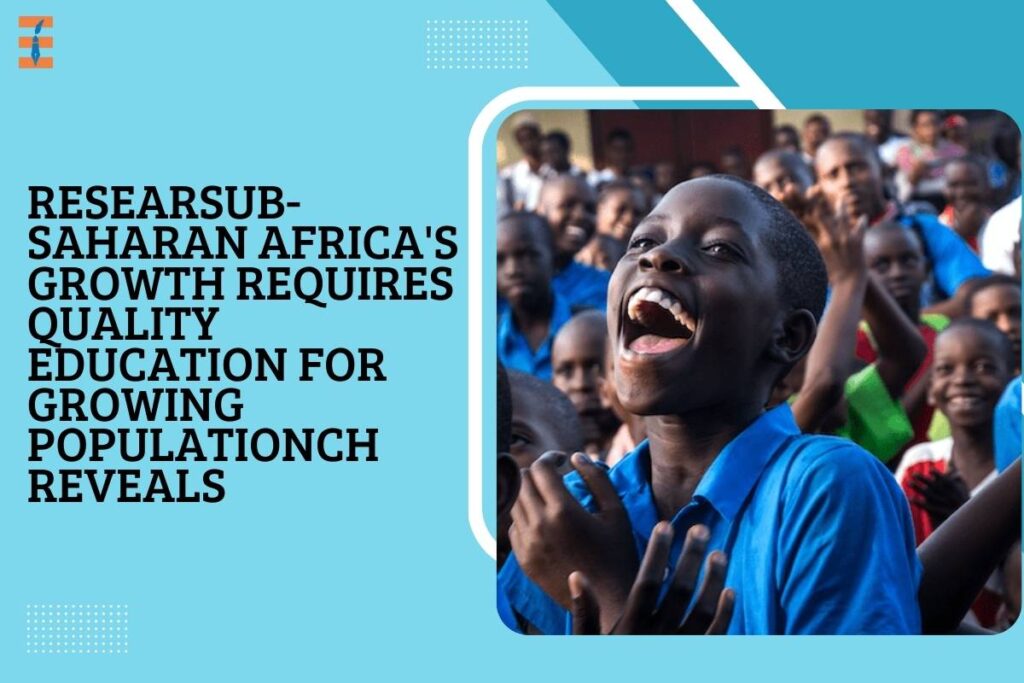Source-SciTechDaily
Sub-Saharan Africa is on the brink of a demographic transition that could be a game-changer for its economies. However, to harness this potential, substantial investments in education are crucial.
The United Nations predicts that Sub-Saharan Africa’s population will double to 2 billion by 2050. A significant driver of this growth will be the expansion of the working-age population, primarily ages 15 to 64. While the region has made strides in increasing school access, educational outcomes still lag behind global standards, as highlighted in the latest Regional Economic Outlook.
Data reveals that almost 30% of school-age children in the region do not attend school, with primary school completion rates at around 65%, well below the world average of 87%. Literacy rates among 15 to 24-year-olds stand at only 75%, significantly lower than in other emerging economies. The pandemic exacerbated these challenges, leading to learning losses that set back years of progress.
Challenges and Opportunities in Sub-Saharan Africa
A key issue contributing to these shortcomings is underinvestment in education across several countries in the region. The median education budget in 2020 was about 3.5% of GDP, falling short of the international recommendation of at least 4%. Doubling education expenditures as a share of GDP may be necessary to achieve universal primary and secondary school enrollment by 2030, according to IMF analysis.
While increased spending is crucial, it must be accompanied by efficient utilization of funds. Currently, only 15% of students in primary and secondary schools in the region achieve more than minimum learning outcomes, highlighting the need for improved teacher training and educational quality.
Investing in education not only benefits individuals but also yields long-term economic advantages. Higher productivity and increased foreign direct investment are among the economic benefits associated with greater government spending on education, as highlighted in the latest Fiscal Monitor.
Governments in Sub-Saharan Africa must prioritize education budgets despite fiscal constraints and funding challenges. Implementing best practices in public financial management, enhancing domestic revenue, and ensuring transparent fund utilization are essential steps.
Sustaining Education Investment for Economic Prosperity
International support is also critical. Donors and organizations must maintain or increase education funding across the region to ensure the development of a skilled workforce crucial for economic growth and global competitiveness.
Beyond education, bridging the gap between Sub-Saharan Africa’s human resources and capital from advanced and emerging economies is vital. Strategic policies, especially in education, can attract long-term investments, technology transfers, and expertise, unlocking the region’s full potential and preparing its youth for future challenges and opportunities.
By addressing education challenges head-on and fostering partnerships for sustainable development, Sub-Saharan Africa can position itself as a vibrant hub of economic growth and innovation, contributing significantly to global prosperity.










